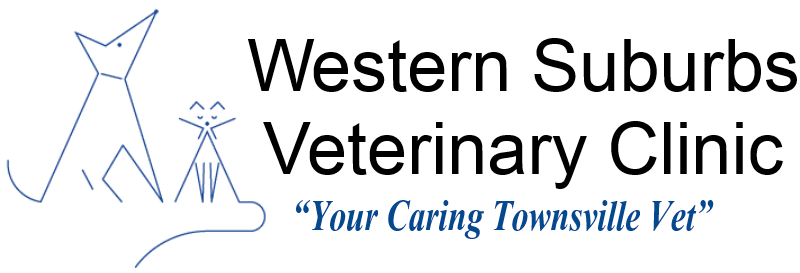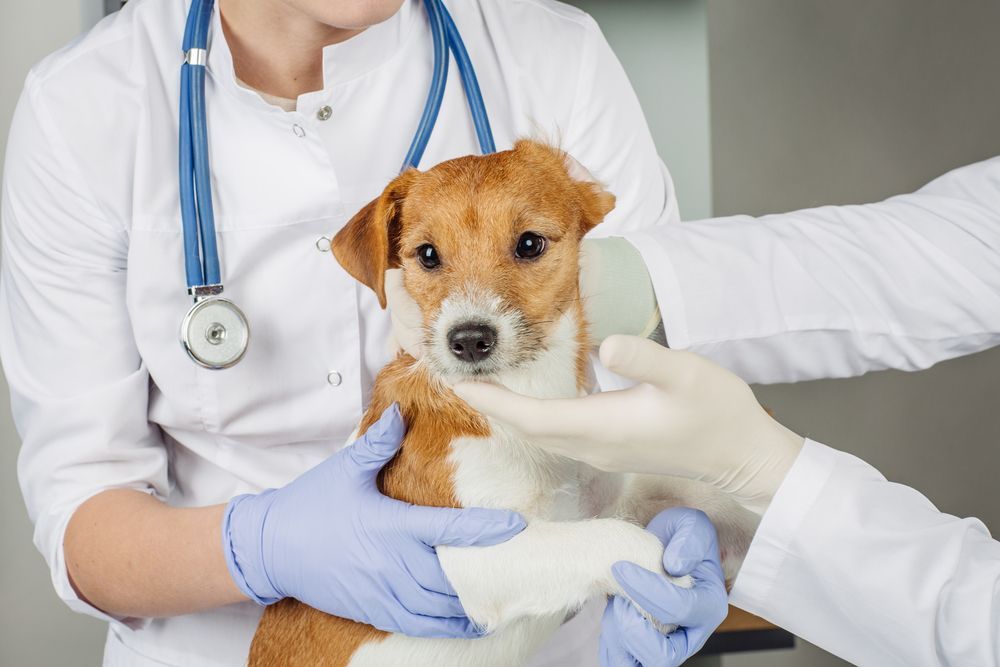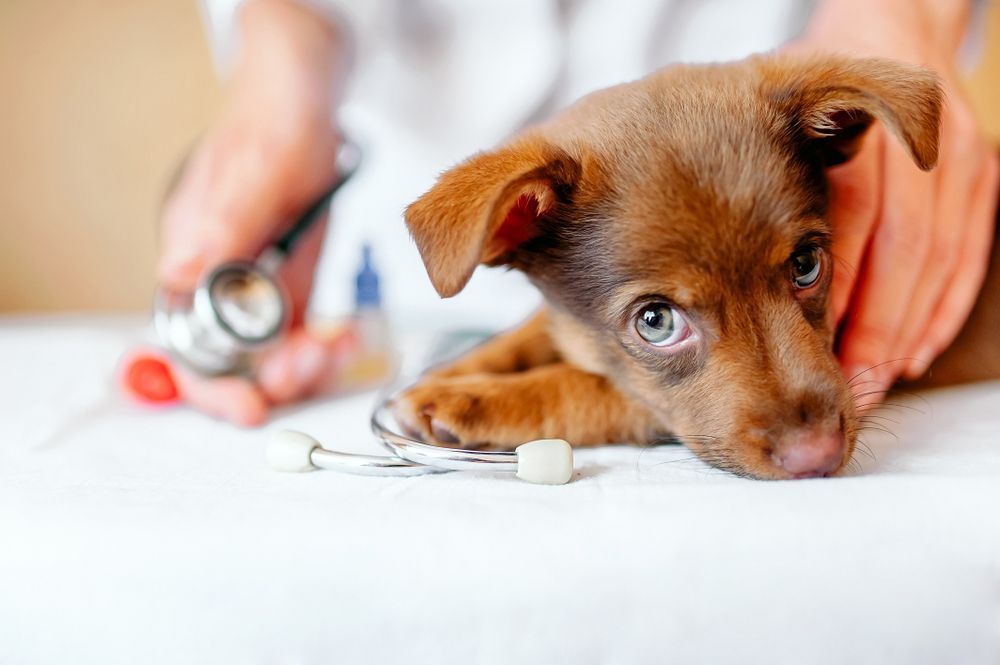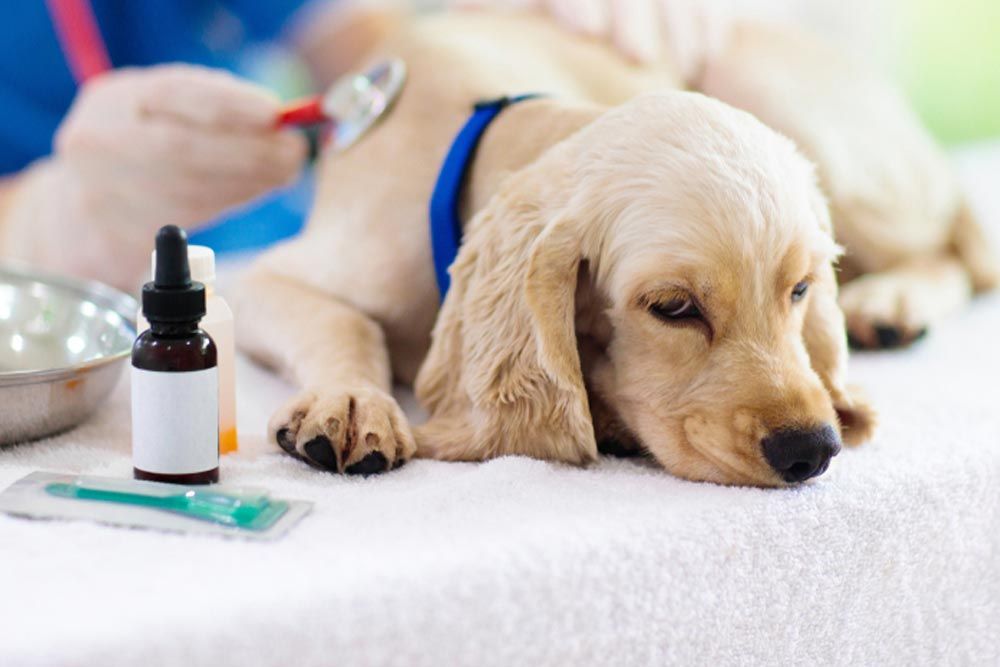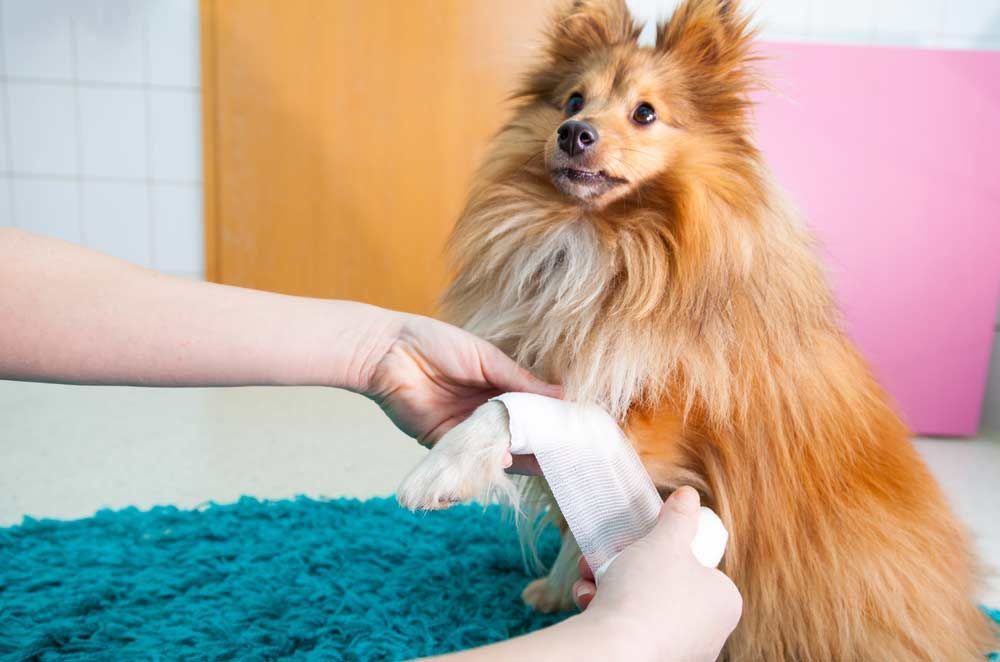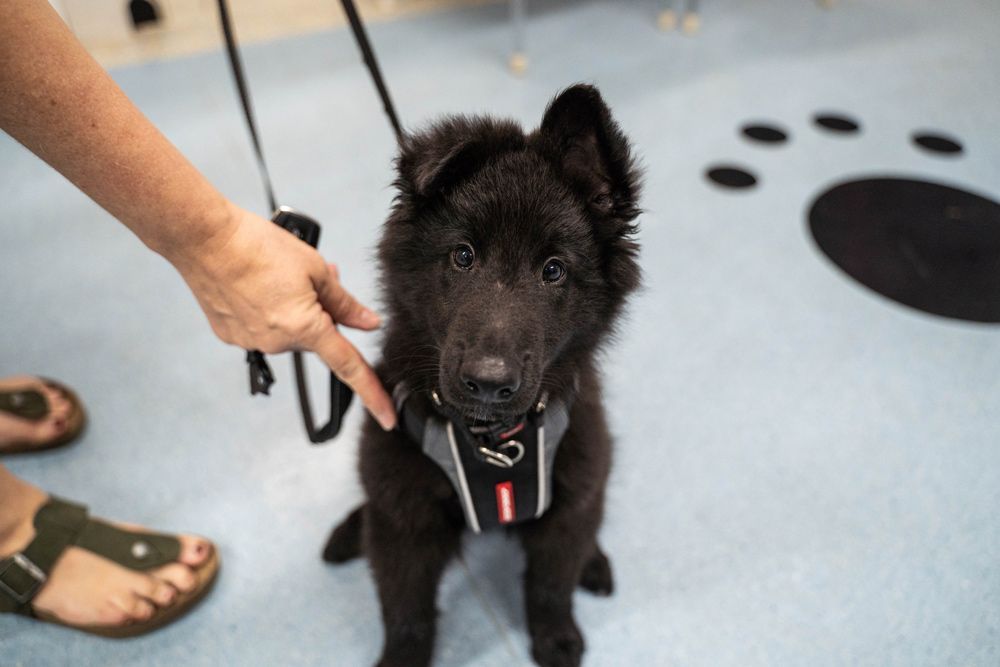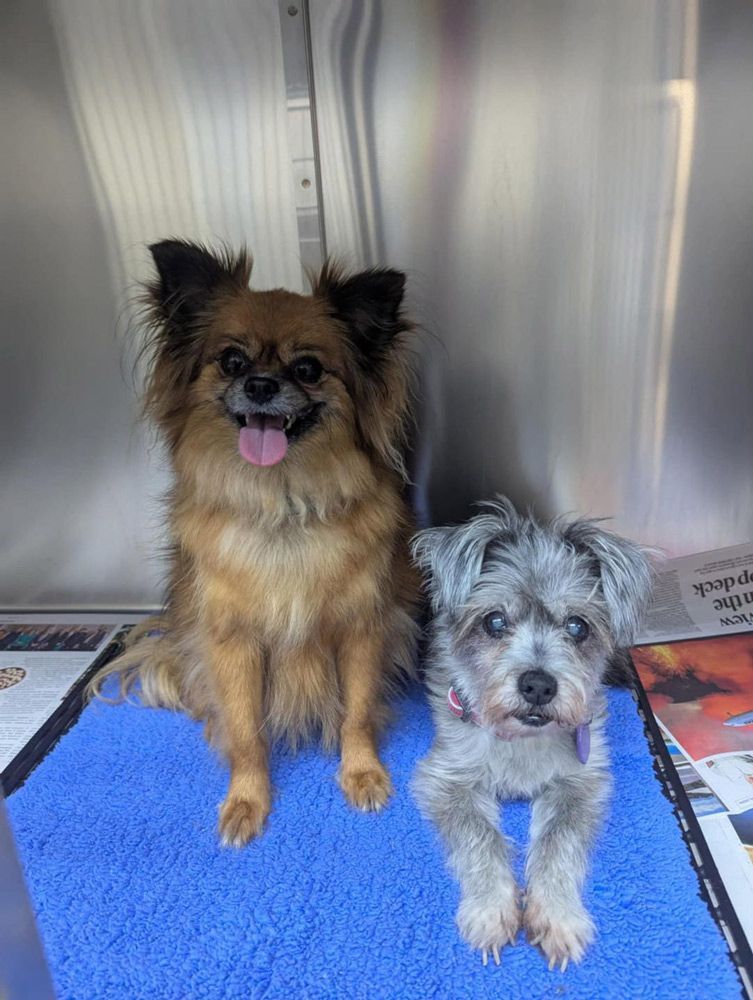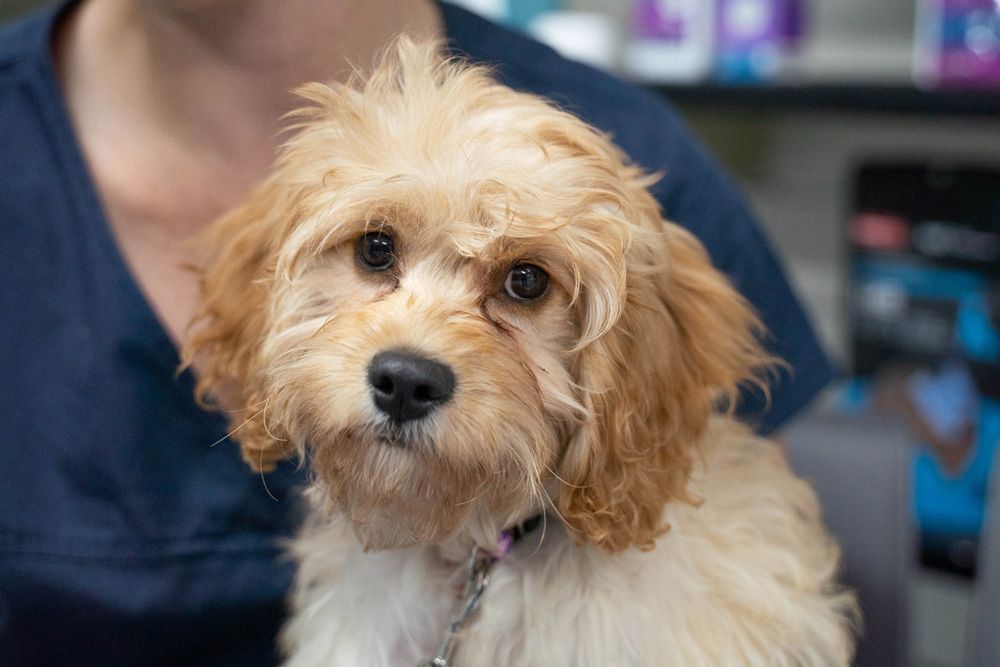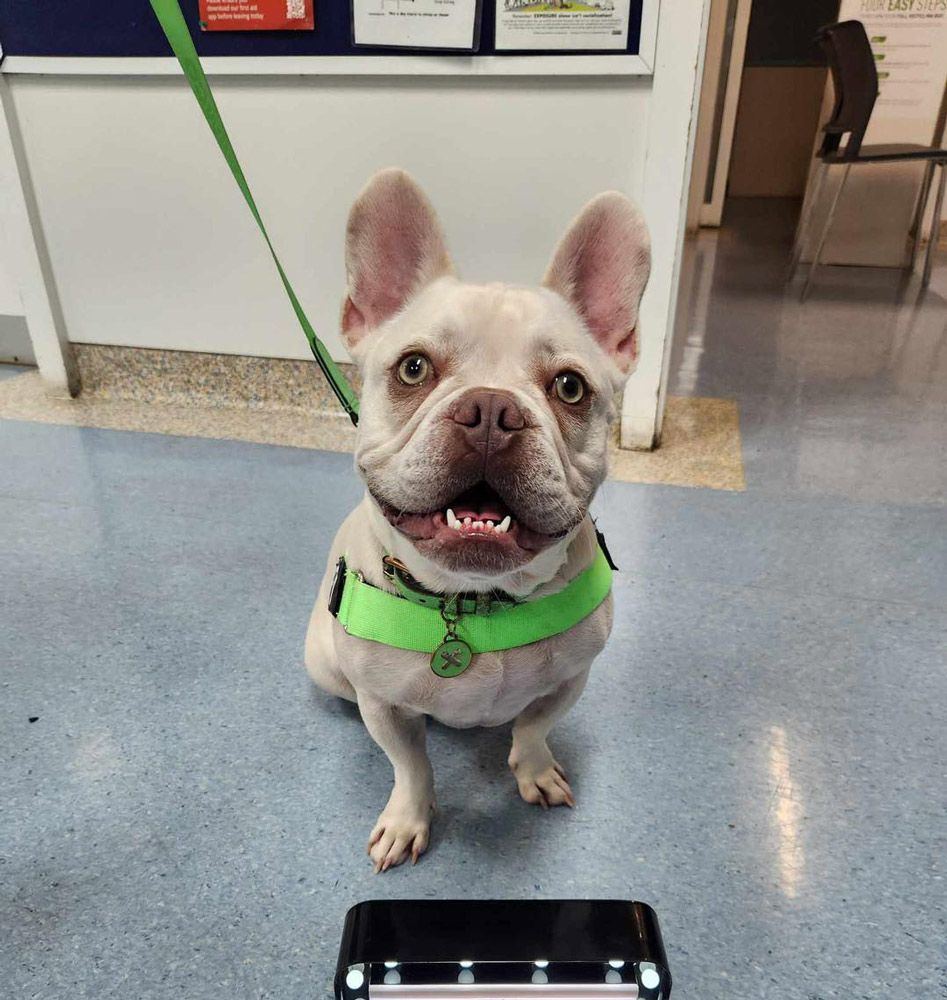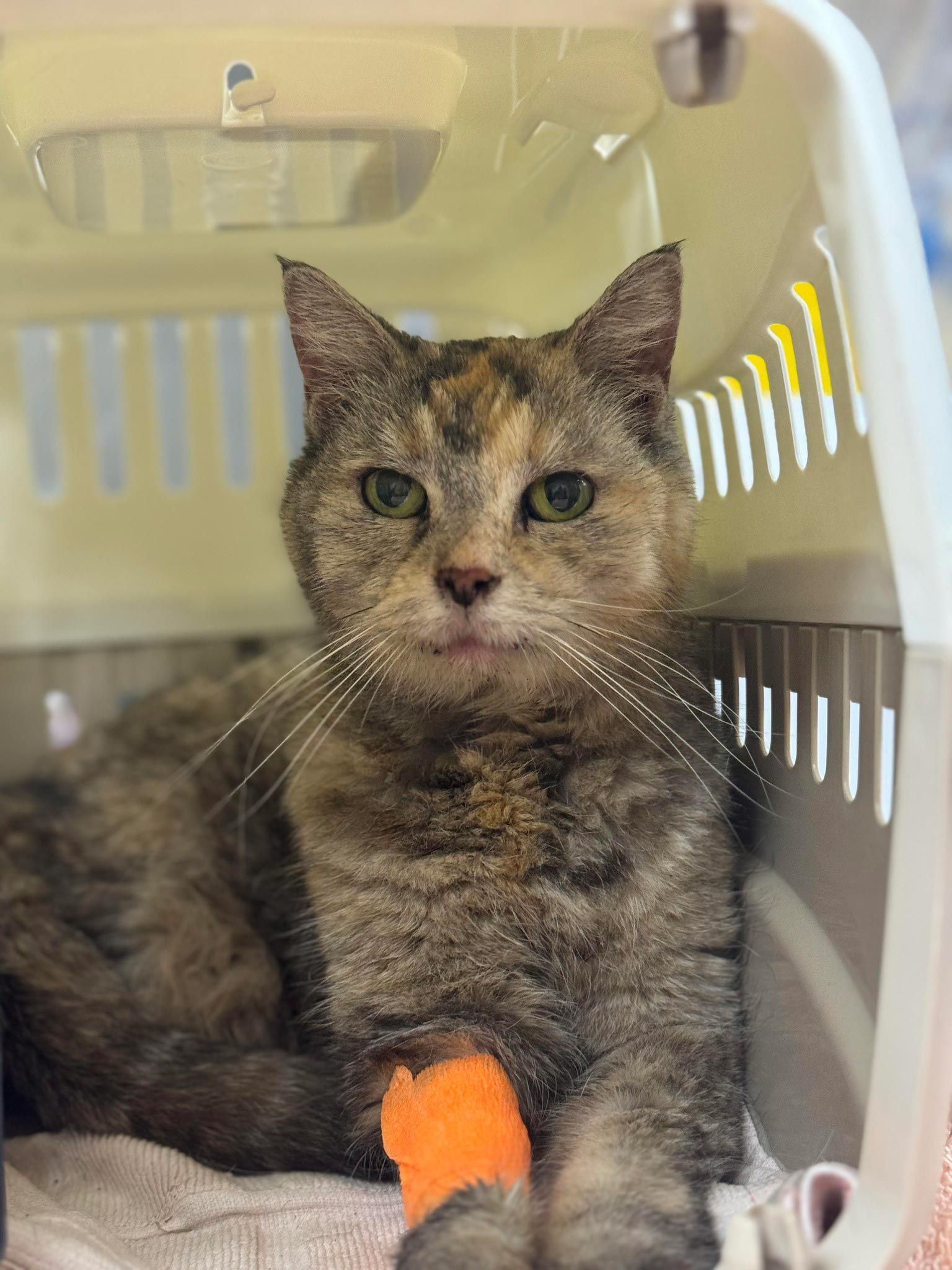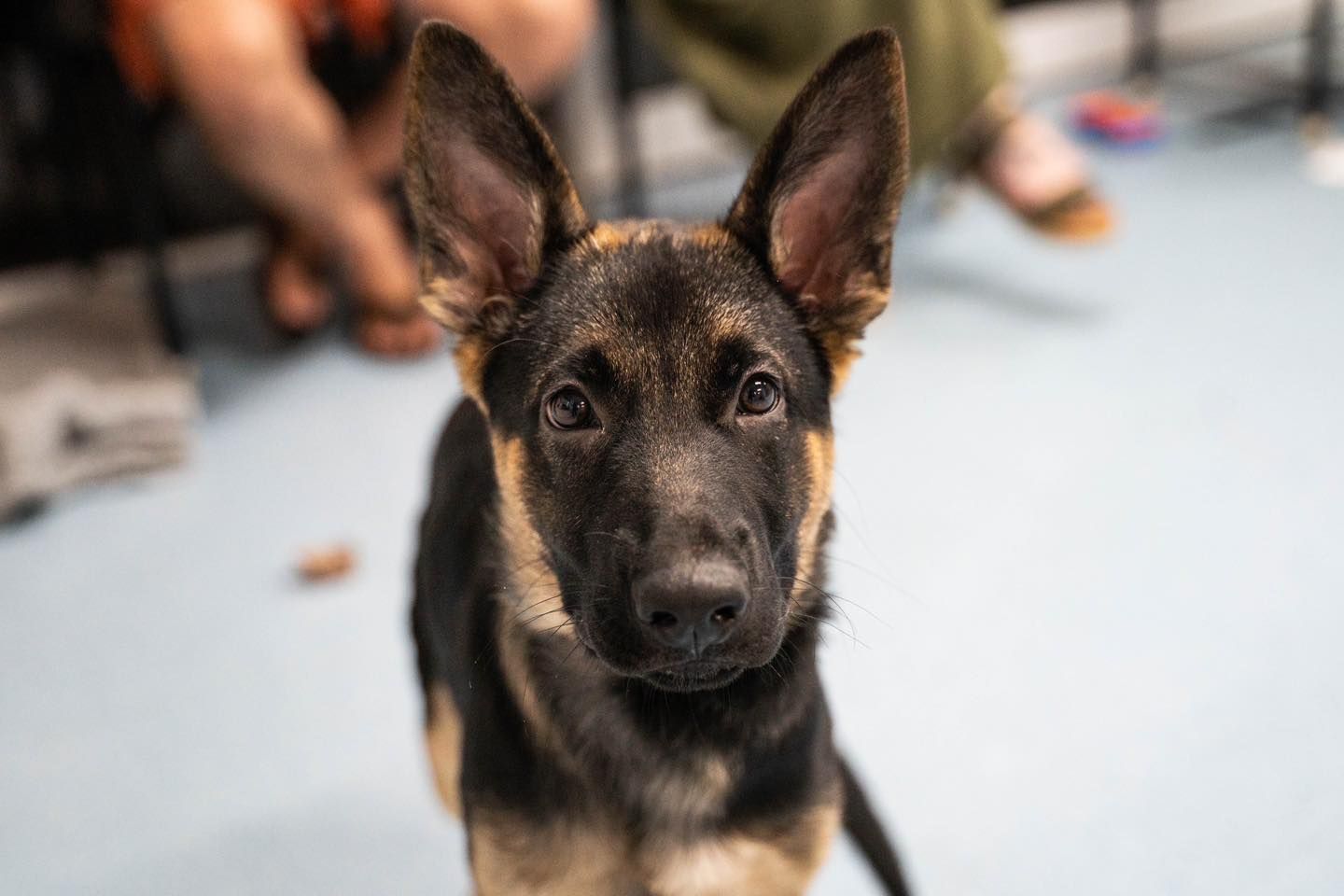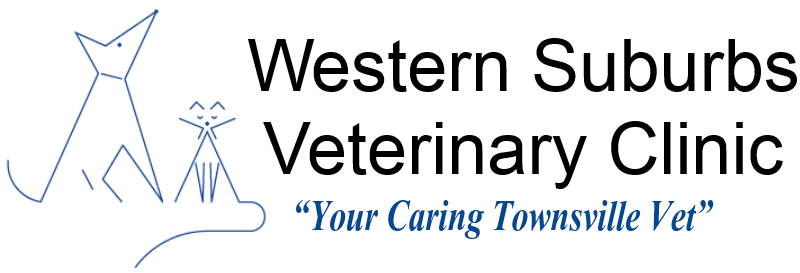Choking Hazards for Pets: What to Look Out For
Pets are driven by curiosity and the instinct to explore. While this behaviour is natural, it can sometimes lead to dangerous situations, especially when they encounter objects that pose choking hazards. As a pet owner, understanding these risks and knowing how to prevent and respond to them is crucial. In this blog, we'll discuss common household items and foods that may cause pets to choke.
Common Household Items That May Pose Choking Hazards
Many everyday items in your home may pose choking hazards for pets. Here are some of the most common:
• Toys: Small parts of toys, especially those designed for children, can easily be swallowed by pets.
• Strings and Threads: These can be particularly dangerous for cats.
• Plastic Bags: Pets might chew on plastic bags, potentially leading to choking or suffocation.
• Rubber Bands: Small and stretchy rubber bands may get stuck in a pet's throat or digestive tract.
• Jewellery:
Small jewellery items can be dangerous for pets if ingested during play.
Types of Food That Can Be Dangerous
Certain foods may pose significant choking risks to pets due to their size, shape and texture. Small, hard foods like nuts could potentially get lodged in their throat. Cooked bones can also be hazardous as they may splinter and cause choking. Additionally, fruits with pits might be dangerous because pets could swallow the pits. Even small, round fruits like grapes and raisins might cause choking.
Meats with small bones, like chicken wings or ribs, could break apart and create sharp fragments that may pose choking risks. Watching over your pets during mealtime and giving them food that is appropriately sized is recommended. Keeping potentially hazardous foods out of reach and offering safe alternatives might also reduce the risk of these incidents.
Signs Your Pet Might Be Choking
The symptoms of choking might be subtle at first. If you observe any of the following, it’s crucial to act quickly and seek veterinary assistance:
• Gagging or Retching:
Pets might make retching noises as they attempt to dislodge the object that is causing the obstruction.
• Coughing Persistently: Continuous coughing may indicate that something is stuck in the throat or airway.
• Pawing at Their Mouth: Pets might paw at their mouth in a frantic attempt to remove the object that is causing discomfort or blocking their airway.
• Excessive Drooling: Increased saliva production can be a sign of an obstruction.
• Difficulty Breathing and Loss of Consciousness: These are severe symptoms that may indicate a critical obstruction of the airway.
Visit Our Townsville Vet Clinic
Concerns about pets possibly swallowing or choking on items frequently bring people to vet clinics. Such incidents suggest a need for increased awareness and prompt action.
At Western Suburbs Veterinary Clinic, our team is equipped to handle urgent situations and provide prompt care for your pet. We recommend calling ahead to inform us of your situation and allow our team to prepare for your arrival. Our vet clinic offers round-the-clock services to provide timely and compassionate care for your pets. Contact our emergency vets in Townsville for more information.
